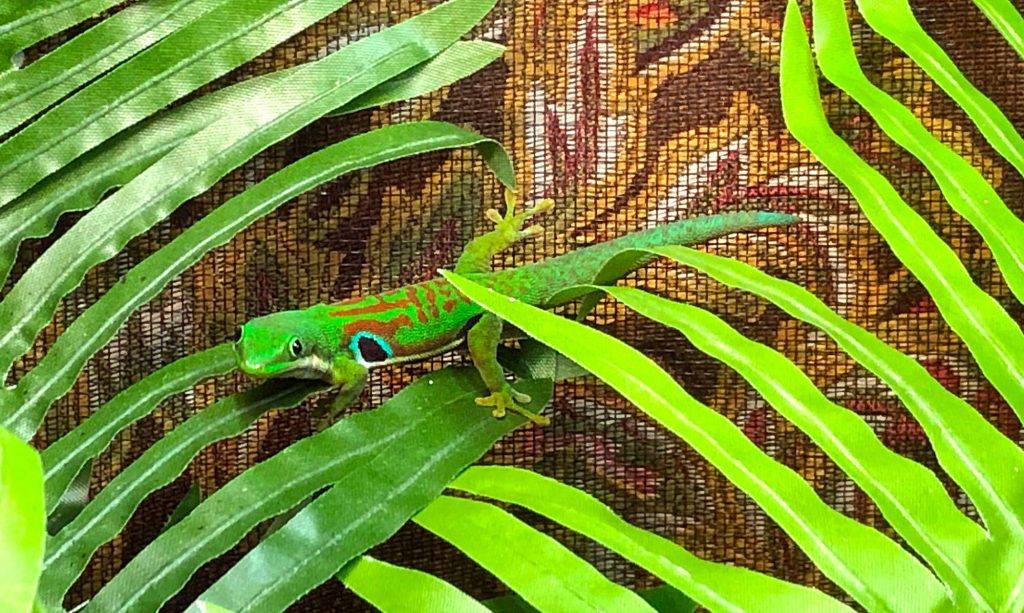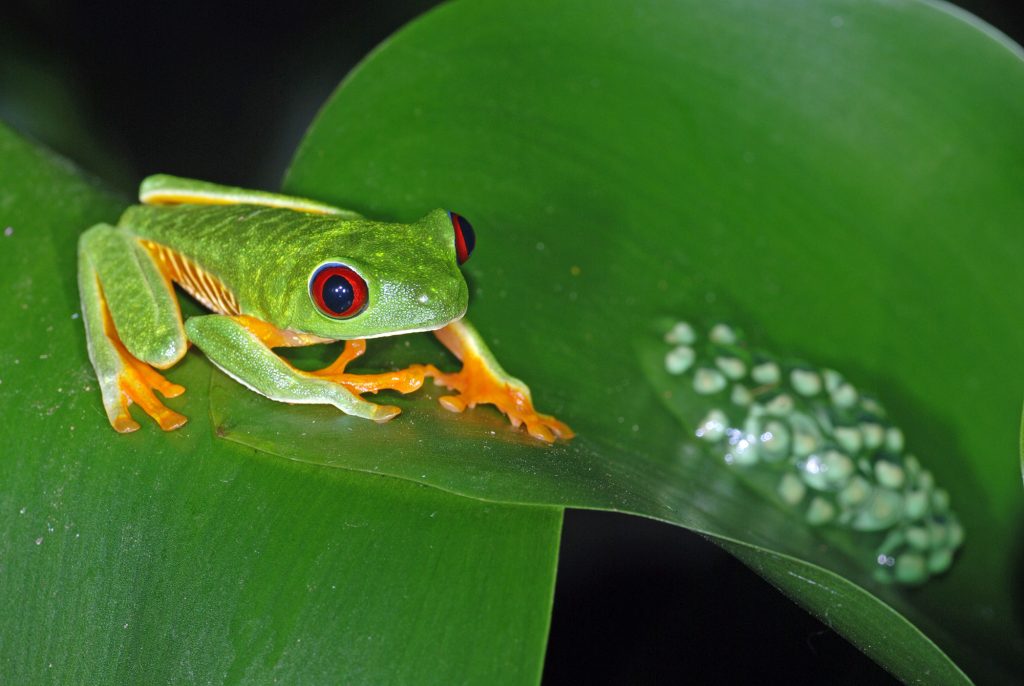
Reptiles Extinct & Current Vertebrates


Reptiles Objectives
-
Provide characteristics of reptilian species, including their evolutionary origins, shared structures, and modern descendants.
-
Describe the general structure of eggs and explain their evolutionary significance and relationship to humans.
As ectotherms, reptiles are not typically active in cold environments.
We’re going to begin with an overview of reptile characteristics.
Most of the basic reptilian characteristics and taxa are probably familiar to you.
Reptiles evolved from _____________, vertebrate tetrapods that undergo metamorphosis and have gills in the aquatic larval stage.
Most reptiles are carnivores that have some form of cryptic camouflage that enables then to hunt prey and elude larger predator species.
Pogona, also called “Bearded dragons” are eight Australian lizard species named after neck tissue that can swell and change color in some species. Bearded dragons are easier to keep in captivity than many other reptiles. Artificial selection over the past few decades is resulting in a wider range of phenotypic choices, like brighter colors and different skin textures.
Juvenile bearded dragons can eat insects three times a day, transitioning to a more herbivorous diet with age. These are being raised by a local breeder who handles each one daily.
As they age, bearded dragons set up a complex hierarchy and maintain it with aggressive postures and sounds. This pet is a commitment; they can live 10+ years and proper diet can be expensive.
The Peacock Day Gecko (Phelsuma quadriocellata) has a lizard’s typical slim body and long tail. It moves quickly with a side-to-side undulation and adheres to smooth surfaces with highly textured feet.
This is an omnivorous tropical rainforest species from Madagascar and unlike many other gecko species, it is diurnal and assertive, making it successful in its native habitat and also as an invasive species.
The green coloration blends with tropical leaves and If you look closely at the sides, you can see the dark “peacock” spots that may act as eye spots to confuse potential predators.
Geckos are arboreal; climbing and sleeping above ground. This video has the basics of setting up a vivarium, giving an idea of some of the challenges of keeping reptiles. Also, it is difficult to guarantee the animals have been raised in captivity.
Peacock Day Geckos are territorial, so there is a chance they will harass each other in small tanks. They are also delicate-skinned for a reptile and jumpy, so are not easy to handle.

What is the draw of pets that can’t be …. pet? In the case of these geckos, they are curious and can learn a variety of behaviors, including habituating to humans and taking food out of the hand (carefully).
Research on this species is limited as it does not have significant economic value. Most reliable information comes from people who have successfully kept these animals for years. This form of enthusiast citizen science is becoming more impactful with sharing of information through online forums.
If interested, there is additional information about these geckos on this guide’s resource page.
Eggs

Eggs have the nutrients, energy, and cellular machinery necessary to support development. Egg sizes and structures vary significantly throughout the animal kingdom.
This video introduces some of the egg characteristics you may find hiking a trail.
Egg size, shape, color, and pattern can be used to identify different bird species.
Hatching out a vertebrate egg typically takes an incubator and then a strategy for caring for all of the hatchlings. An easier place to start is with an invertebrate like brine shrimp. There are several species in Genus Artemia, and if you are not sure which one it is, the name is Artemia sp.
Brine shrimp produce eggs, or cysts, that can stay dry and dormant for years.
Once the eggs hatch, brine shrimp primarily eat algae, although we’ve seen larger brine shrimp eat about anything they could fit in their mouths.
The next section explores factors that impact animal survival and links them to animal care and handling.

Check your knowledge. Can you:
-
provide characteristics of reptilian species, including their evolutionary origins, shared structures, and modern descendants?
-
describe the general structure of eggs and explain their evolutionary significance and relationship to humans?



